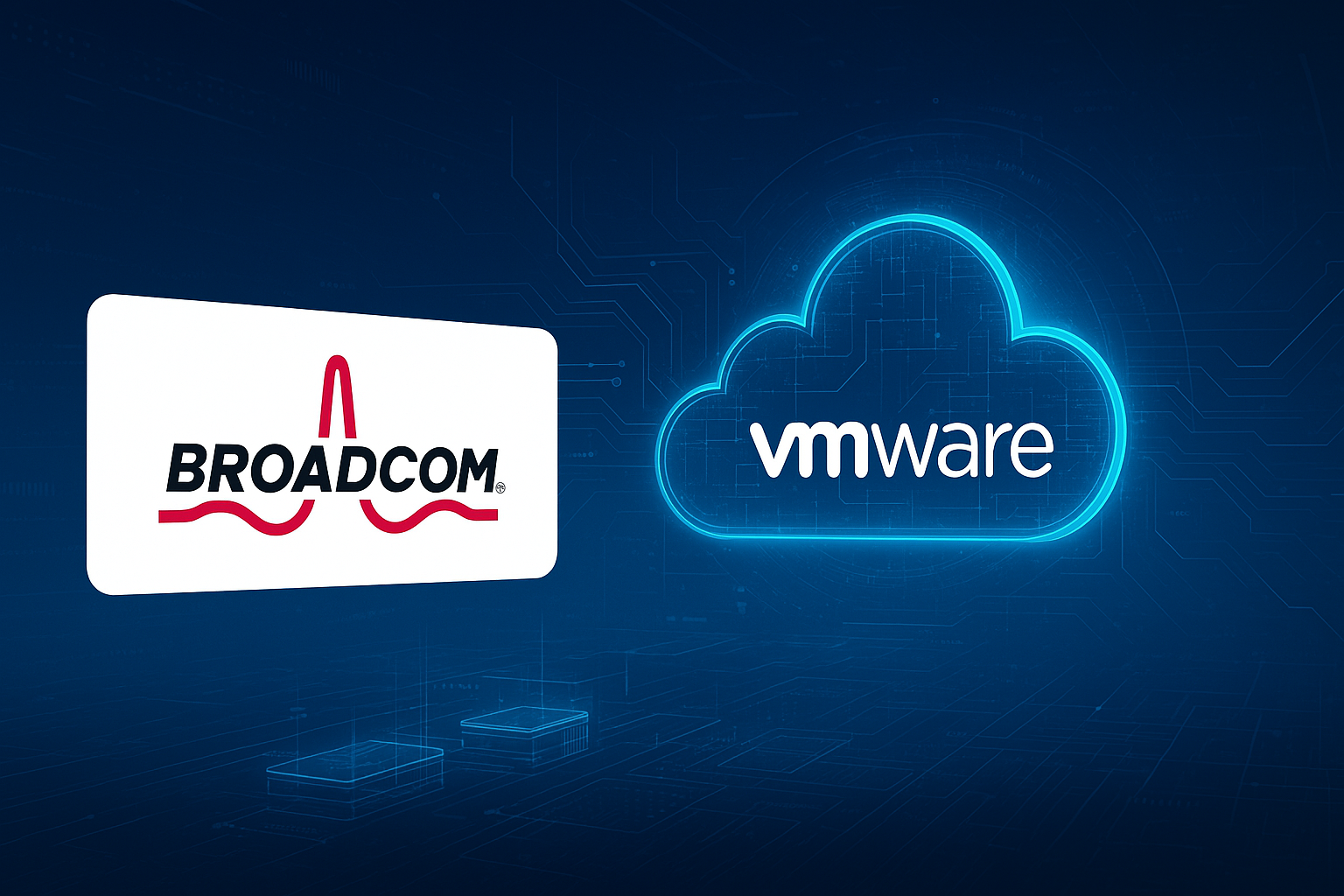Since Broadcom’s acquisition of VMware, the licensing model has undergone a radical shift that is already sparking debate in the tech industry. Starting in 2024, a subscription-based system was introduced, eliminating perpetual licenses and forcing customers to adopt an annual subscription model.
Broadcom has once again implemented a major change in its licensing model for VMware, which has had a significant impact on the tech industry. Starting in April 2025, the new licensing policy will require a minimum purchase of 72 cores for all renewals and new acquisitions. This adjustment has been perceived by many companies as a measure that could limit access to these solutions, especially for small and medium-sized businesses.
What has changed?
-
Goodbye to perpetual licenses: VMware has fully transitioned to a subscription-only model.
-
72-core minimum: Regardless of the size or needs of the virtualized environment, this is now the starting point.
-
Penalties for late renewals: Surcharges of up to 20% are applied if licenses are not renewed on time, forcing stricter budget planning
The Problem for Small and Medium-Sized Businesses (SMBs)
Many small businesses use VMware to support relatively simple environments, often with workloads that don’t exceed 32 or 64 cores. The new licensing model forces them to pay for resources they are unlikely to use, significantly increasing their operational costs.
What Alternatives Are Being Considered?
-
Migrating to open source or low-cost solutions such as Proxmox, XCP-ng, Nutanix CE, or Huawei DCS.
-
Rethinking their virtualization models to better align with current needs and budgets.
-
Outsourcing to managed service providers that offer more flexible licensing and support options.
-
For larger companies, a potential migration to Azure VMware Solution (AVS) is also being evaluated.
Final Considerations
Broadcom’s move is pushing many organizations to reassess their infrastructure strategy. This is a key moment to open the conversation around virtualization, cost-efficiency, and long-term technology sustainability. Adapting is essential—but doing so in an informed and strategic way will make all the difference.


Leave a Reply